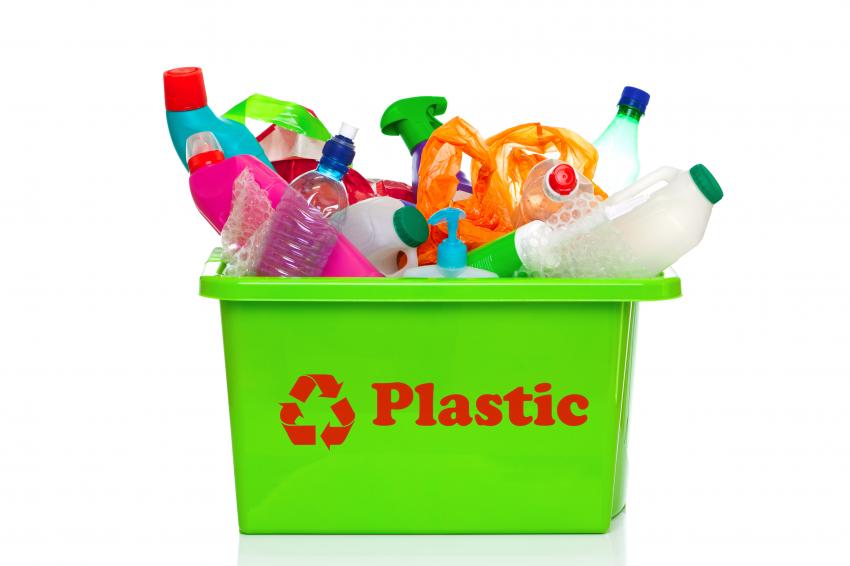EU Parliament Approves Circular Economy Plan
24.04.2018 -
The European Parliament (EP) has approved the European Commission’s Circular Economy package aimed at reducing waste and boosting recycling in the currently 28 member states, along with EEA members Switzerland and Norway. The legislation defines clear targets for both prongs of the EU’s sustainability strategy and adjusts for the different standards currently existing in the various countries.
Regarding reduction of municipal solid waste, the Commission’s proposal calls for a cutback of 55% by 2025, of 60% by 2030 and of 65% by 2035. Thereafter, the share of such waste sent to landfill must not exceed 10%.
Five countries including Austria, Belgium, Denmark, Germany, the Netherlands and Sweden, have already fulfilled the “Zero Waste to Landfill” sustainability strategy drafted by the European plastics manufacturers association PlasticsEurope and other industry organizations some years ago. Many other EU member states, in particular in southern Europe but also Latvia, currently fall far short of that goal.
For all packaging waste, the Circular Economy plan sets a recycling rate of 65% as standard – and binding – by 2025 and a rate of 70% by 2030. Laggard member states recycling less than 20% of their waste at present will be given a temporary reprieve of five years before having to fully comply, though there will be strings attached.
For plastics packaging waste, the EU recycling target is at least 50% by 2025 and 55% by 2030. Altogether, almost 41% of post-consumer plastic packaging was recycled in 2016. All EU member states in addition to Norway and Switzerland achieved Brussels’ 2016 minimum recycling target of 22% and 15 even exceeded it.
Simona Bonafè, lead MEP for the legislation, said the Circular Economy package shows that “Europe is firmly committed to sustainable economic and social development and will at last integrate industrial policies and environmental protection.”
The MEP added that the EU’s plans, which take into account the entire lifecycle of a product, at the same time represent an attempt to change the behavior of businesses and consumers.





